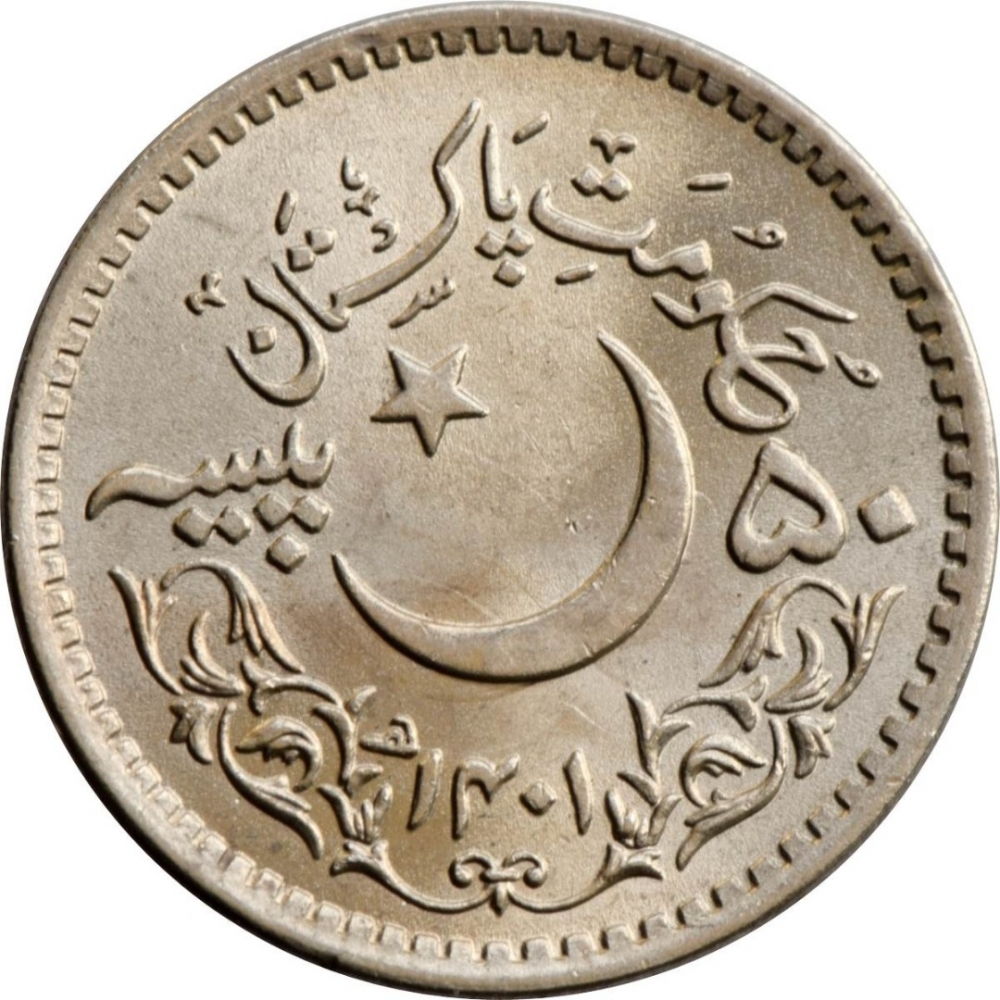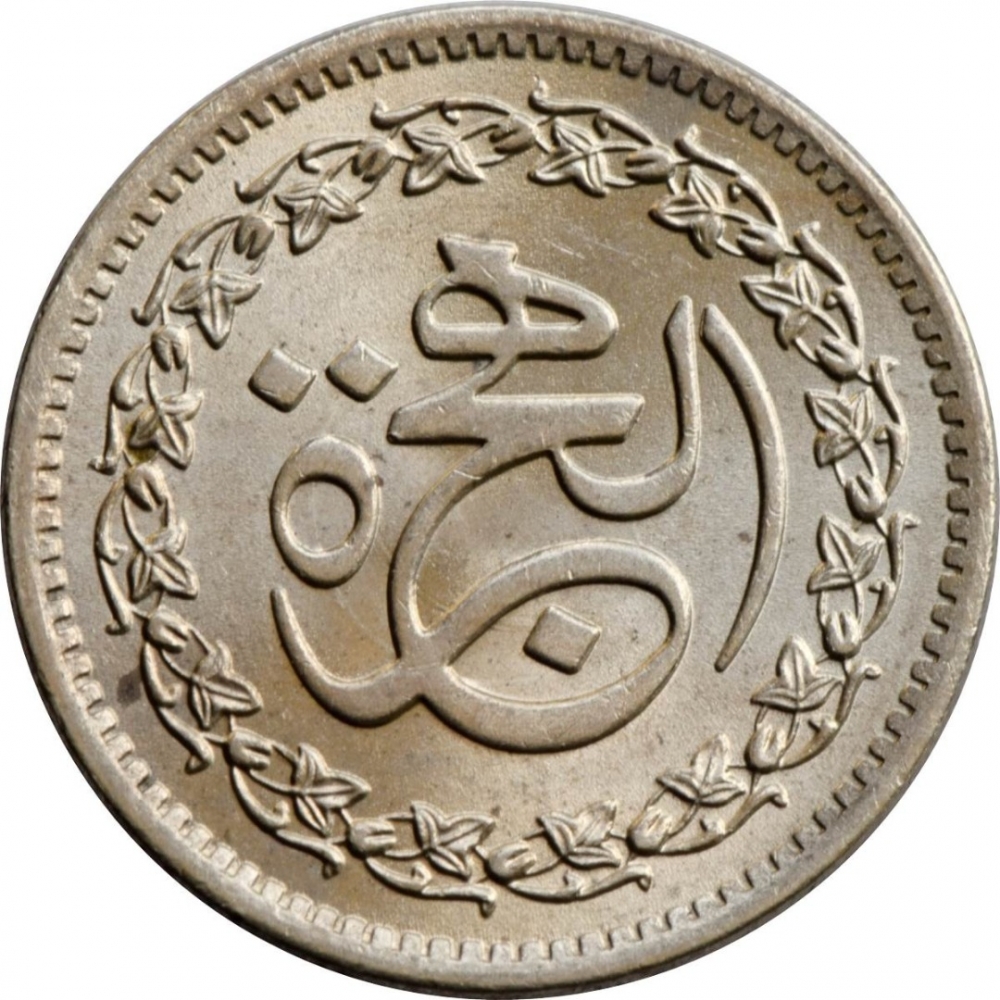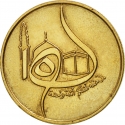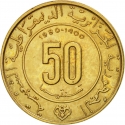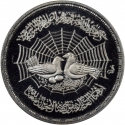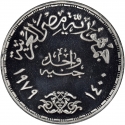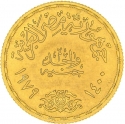You are about to finish your registration. Please check your mailbox (including spam folder). There should be a letter with a confirmation link. Check setting to make sure that your e-mail address is correct.
Send letter againDescription
The Hijri calendar also known as the Lunar Hijri calendar and (in English) as the Islamic, Muslim or Arabic calendar, is a lunar calendar consisting of 12 lunar months in a year of 354 or 355 days. It is used to determine the proper days of Islamic holidays and rituals, such as the annual period of fasting and the proper time for the Hajj. In almost all countries where the predominant religion is Islam, the civil calendar is the Gregorian calendar, with Syriac month-names used in the Levant and Mesopotamia (Iraq, Syria, Jordan, Lebanon and Palestine) but the religious calendar is the Hijri one.
This calendar enumerates the Hijri era, whose epoch was established as the Islamic New Year in 622 CE. During that year, Muhammad and his followers migrated from Mecca to Medina and established the first Muslim community (ummah), an event commemorated as the Hijrah. In the West, dates in this era are usually denoted AH (Latin: Anno Hegirae, "in the year of the Hijrah"). In Muslim countries, it is also sometimes denoted as H from its Arabic form (سَنَة هِجْرِيَّة, abbreviated ھ). In English, years prior to the Hijra are denoted as BH ("Before the Hijra").
Obverse

|
Depicts a crescent and star with "Government of Pakistan" written in Urdu above, date below within floral ornaments and denomination in Urdu numerals. حکومت پاکستان |
|---|---|
Reverse

|
Depicts Jasmine flowers border enclosed with the word "Hijra" in Urdu letters. الهجرة |
| Edge |
Characteristics
| Type | Commemorative Issue (Circulating) |
| Material | Cupronickel |
| Weight | 5 g |
| Diameter | 23 mm |
| Thickness | 1.6 mm |
| Shape |
|
| Alignment | Medal |
| Mint |
Pakistan Mint
|
Related coins
1400th Anniversary of the Islamic Calendar (Hijra)
1400th Anniversary of the Islamic Calendar (Hijra)
